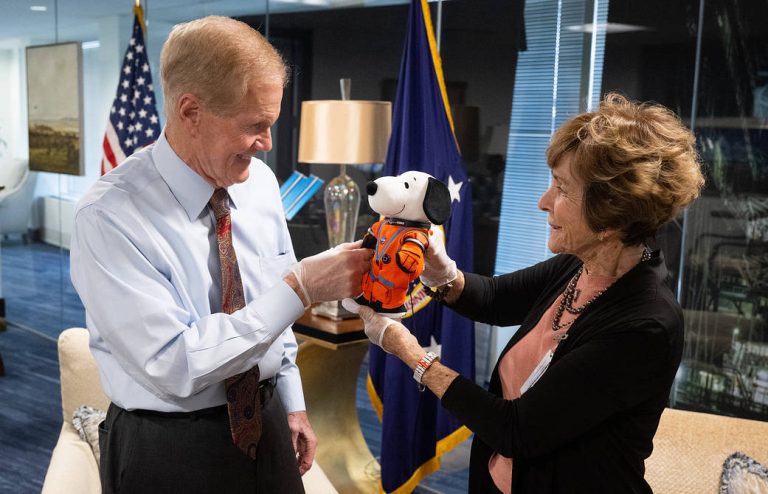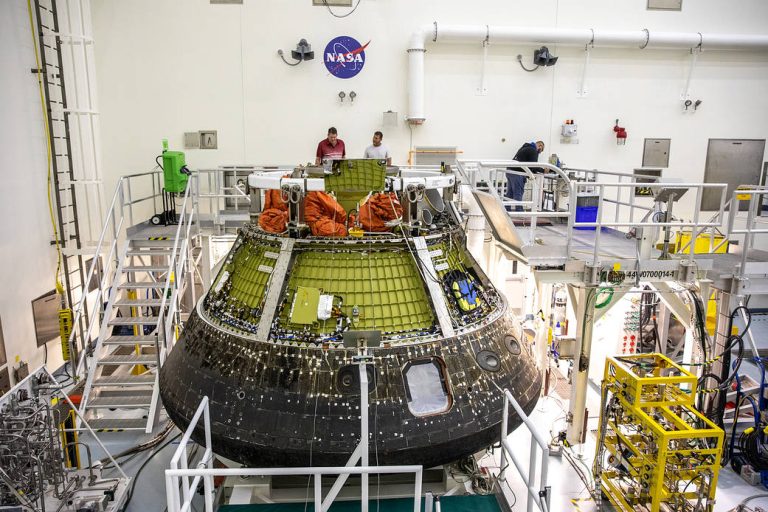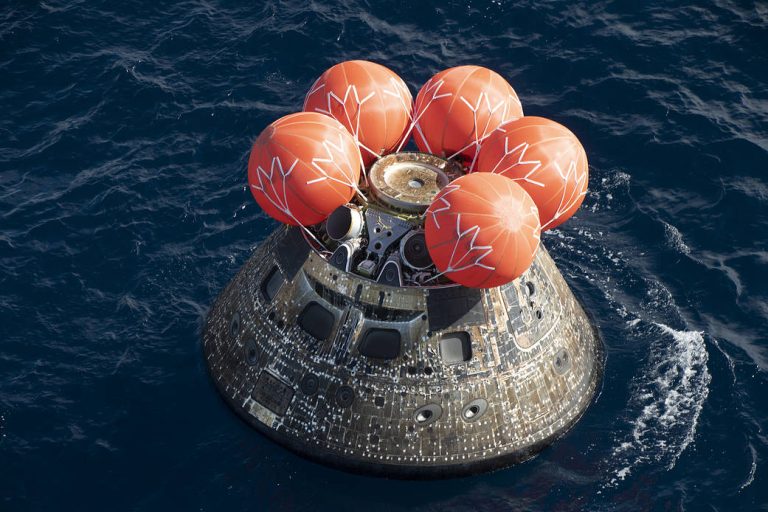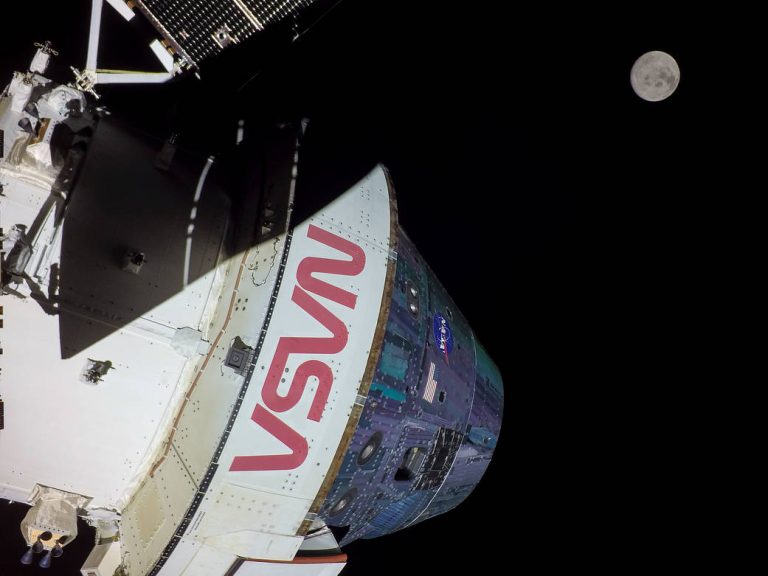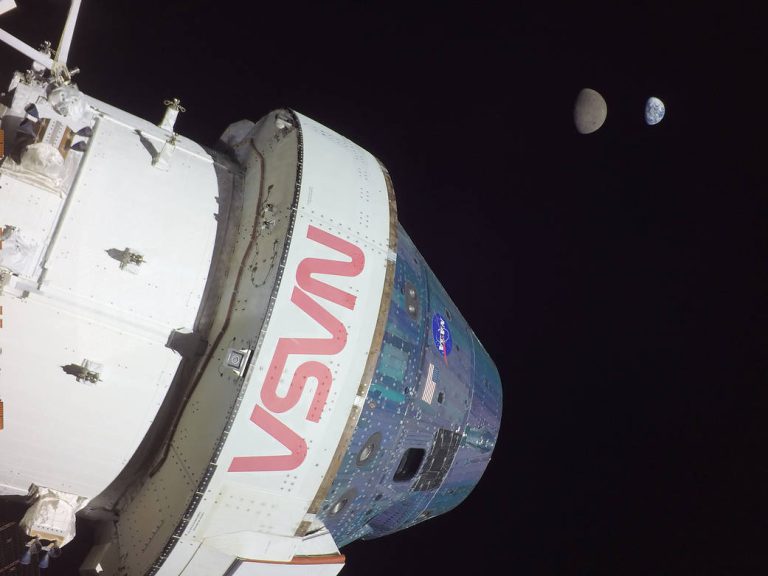舒尔茨、史努比参观NASA总部
NASA Administrator Bill Nelson (left), Jeannie Schulz, widow of Peanuts creator Charles M. Schulz, and Snoopy are all smiles during a Wednesday, April 5, 2023, visit to NASA Headquarters in Washington. As part of the visit, Schulz showed the flown Artemis I Snoopy zero gravity indicator before it goes to its final home for display at the Schulz Museum in Santa Rosa, California. Schulz was awarded a NASA Exceptional Achievement Medal by Administrator Nelson at an “Our Blue Planet” concert at the John F. Kennedy Center for the Performing Arts. Snoopy rode along as the zero-gravity indicator on NASA’s Artemis I mission as part of a partnership with the agency. Image Credit: NASA/Joel Kowsky 2023年4月5日,星期三,NASA局长比尔·纳尔逊(左)、《花生》作者查尔斯·舒尔茨的遗孀珍妮·舒尔茨和史努比在参观华盛顿NASA总部时面带微笑。作为参观的一部分,舒尔茨展示了飞行的阿尔忒弥斯一号任务史努比零重力指示器,然后它将被送往加利福尼亚州圣罗莎的舒尔茨博物馆展出。 舒尔茨在肯尼迪表演艺术中心举行的“我们的蓝色星球”音乐会上被纳尔逊局长授予NASA特殊成就奖章。作为与NASA合作伙伴关系的一部分,史努比作为零重力指示器参加了NASA的阿尔忒弥斯一号任务。 影像来源:NASA/Joel Kowsky

